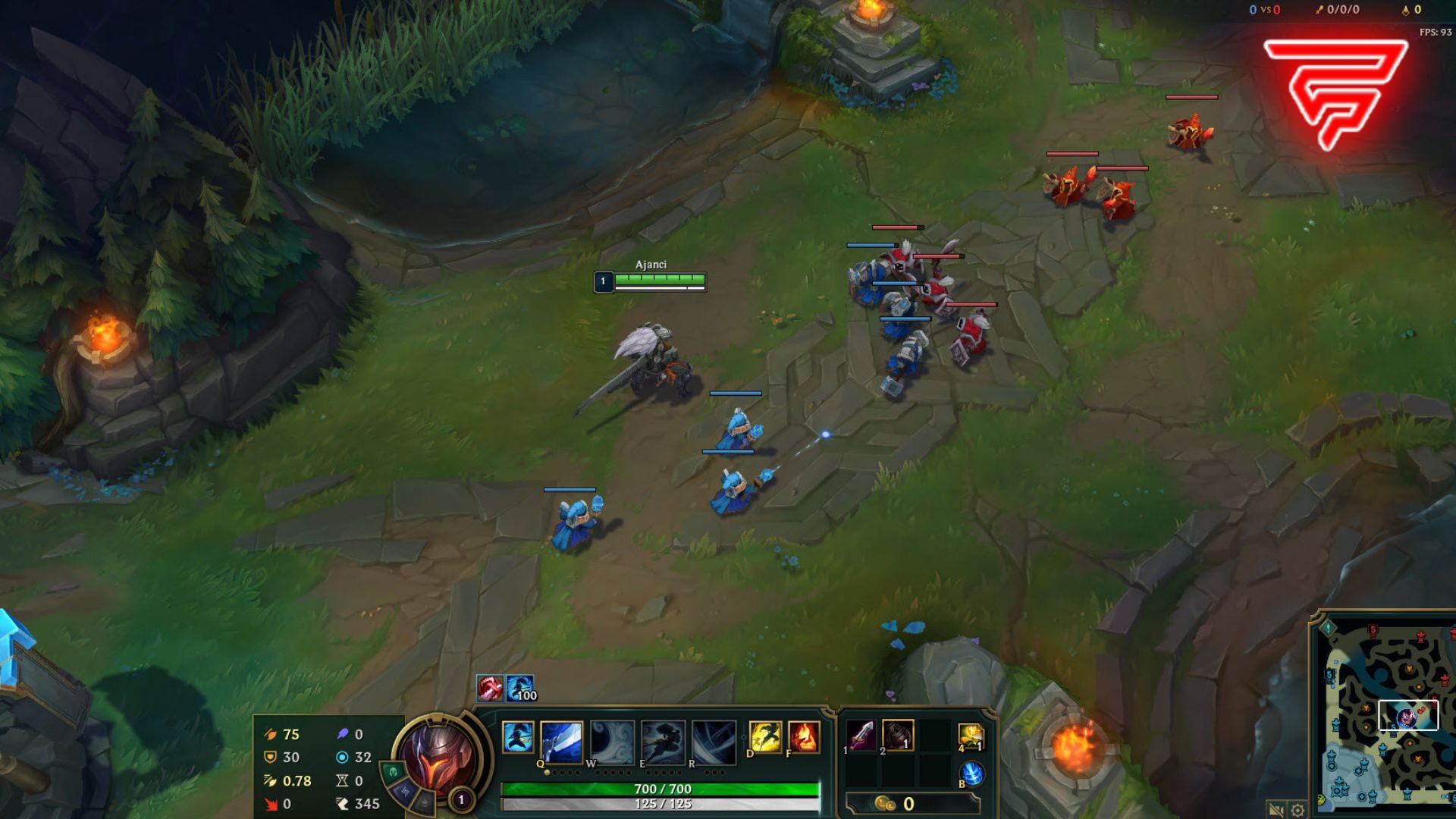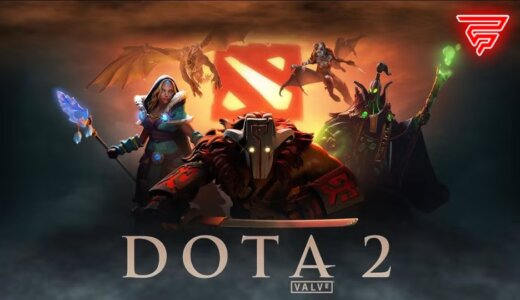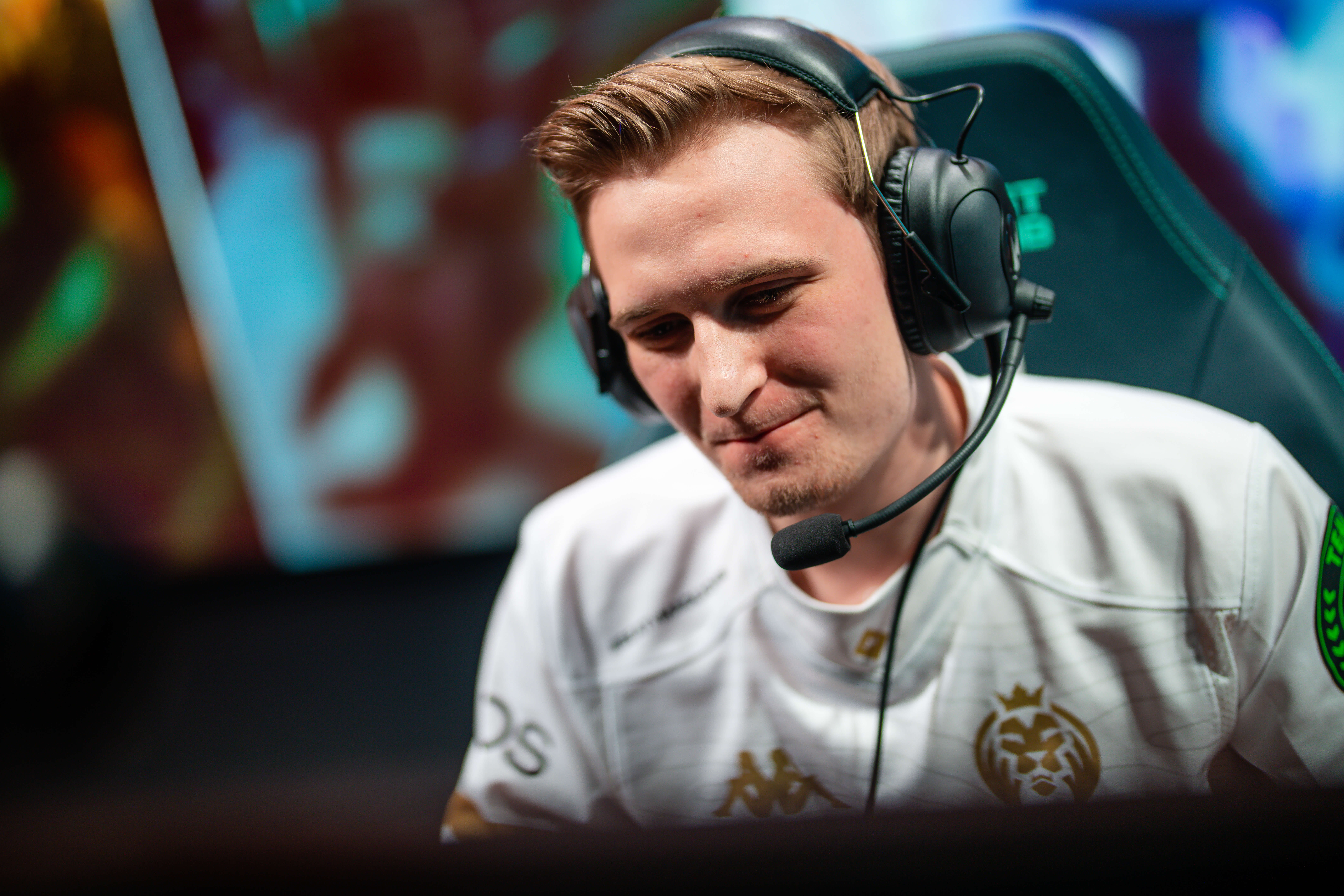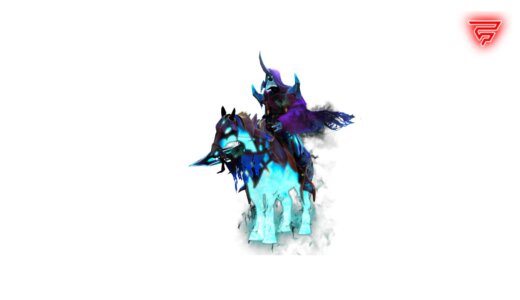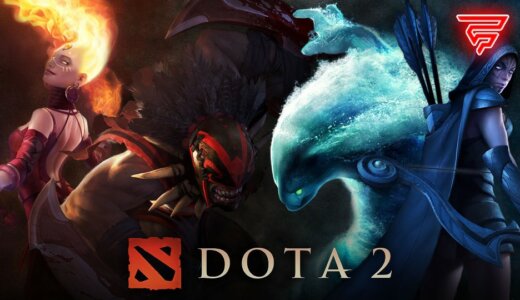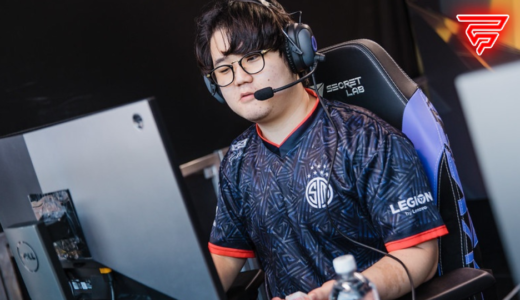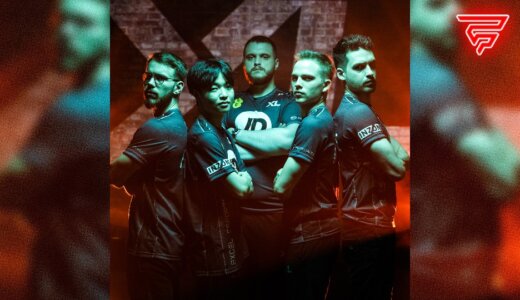Trading is a crucial mechanic in League of Legends, allowing players to gain an advantage in their lane and snowball their lead.
However, there are many common mistakes that players make when trading that prevent them from maximizing their effectiveness.
In this guide, we’ll go over the top 10 common trading mistakes in League of Legends to watch out for in Season 14, along with detailed examples and explanations on how to avoid them.
By focusing on fixing just one or two of these mistakes in your next few games, you’ll be amazed at how much more lane pressure and control you can gain.
The 10 Worst Trading Mistakes in League of Legends and How to Avoid Them
Let’s get straight into these 10 common trading mistakes in League of Legends so you can start tweaking your gameplay right away. Mastering even a few of these concepts will take your laning to the next level.
1. Not Understanding Minion Spacing
Probably the most important trading mechanic is understanding how to space properly around minions. Many players simply stand still, making themselves an easy target for skill shots.
Good spacing means moving in and out of spell ranges to bait abilities, getting opponents to waste important cooldowns.
For example, let’s say you’re laning as Lux against a Zed. Zed will look to trade with his W>E>AA combo for Poke.
As Lux, you want to stand at the very edge of Zed’s W range, far enough that his shurikens just miss you. This tricks Zed into using W early, and then you can punish the window after, as it’s on cooldown.
It is crucial to be aware of exactly how far spell ranges extend. Use training tools to learn common ability distances, such as Lux Q, Zed W, etc.
Then, incorporate slight movements forward and back in real games. The enemy will waste abilities while you take minimal damage. Always be a moving target!
2. Not Holding Spells as a Threat
Keeping spells in reserve as a threat is a super powerful mind game. Holding Morgana Q forces opponents to respect its zoning. They can’t play aggressively without risking getting snared.
A good trick is to hold certain abilities mostly for reaction. For example, if you’re Blitzcrank against a Soraka, save your hook to interrupt her silence or heal. Don’t throw it randomly and waste the threat. Soraka will then be afraid to step up for harassment and lose lane pressure.
Similarly, for Thresh – save Flay mostly for reaction. Use the lantern toss harass instead of burning Flay’s cooldown thoughtlessly.
Make enemies hesitate by keeping a mix of ranged poke and point-blank defense in your back pocket. Threatening abilities keep opponents guessing what you’ll do next.
3. Starting Trades Too Early
amo league of legends pic.twitter.com/DhrPyyEdHc
— mai (@asaroth_) April 22, 2024
Jumping the gun on cooldown trades can ruin your openings if enemies aren’t caught off guard. A technique used by high Elo players is “pre-trading.” This means moving up aggressively right before an ability comes back off cooldown.
For instance, as Lux, start slowly drifting closer to the enemy laners 2-3 seconds before your Q is ready again. They likely won’t expect you to start trading so early. Then, when Q comes up, immediately throw it for a point blank snare and follow-up damage.
Even preemptively burning Summoner Spells works in some matchups. As Caitlyn goes into Draven, consider exhausting him 5 seconds early if he’s mispositioned. Then, when it’s about to end, it’s all in for the kill window. Pre-trading keeps enemies constantly guessing the timing of your plays.
4. Tunneling on Cooldowns
Over-relying on spell timings causes players to forget other important trading patterns as the game progresses. Two phases exist: early laning focuses on cooldown trading, and mid-late transitions to wave control.
As ranged champions gain AOE clear, shoving then harassing under the tower becomes highly effective. Players get a reset and poke opportunity by the time enemies respawn in the lane.
Meanwhile, melee champions risk turret shots, so freezing and all-inning work better post-6 than shoving.
Try incorporating flex patterns according to your champion type and items. Play toward cooldowns early, then once tower plating falls, look for wave resets or freeze setups to trade instead of clinging to one style. Adaptability keeps opponents on their toes.
5. Trading into Big Waves
minion wave on my tower or something idk i dont play league of legends pic.twitter.com/cwPr4XcF6r
— 1v9.GG (@1v9GG_) October 26, 2023
We can’t emphasize this enough – never take trades when the enemy has a massive stacked wave. Even if you win the initial fight, you’ll likely lose 10+ CS worth of gold and XP under the turret while low on health.
A safer option is waiting for the wave to thin out before engaging again. Another alternative is freezing the wave just outside your own turret so they have to overextend, then calling your jungle for an assured gank.
Never throw leads carelessly. Even pro players lose lanes by mismanaging big minion waves. Be patient and focus on securing the last hits if trading is too risky.
Remember, losing one minion is not worth giving your opponents several CS advantages that can scale into item power, ultimately leading to their victory in all-in fights.
6. Standing in Your Minion Wave
As mentioned before, minions block skill shots but also draw turret aggro. Standing directly in the wave invites “double dip” damage that loses trades.
A better position is hugging the edge behind melee minions only, so any AOE abilities still hit the caster minions for harass value. You avoid damage this way.
An even safer option is spacing to the side-back of the wave at an angle. Then, if opponents choose to push, their skills fizzle on minions doing nothing. However, if they try to harass, sidestepping is simple.
Watch high Elo VODs – players such as Bjergsen, Bdd, etc., almost never stand dead center like a sitting duck. Constant minor adjustments keep them unpredictable.
7. Ignoring Last Hit Turns
#ELONMUSK #ElonMusk #Games #Riot #LeaguefLegends #League #LoL #MOBA #lol esports #league esports #leagues of legends esports #msi #msi24 #msi 2024 #msi 2024 trailer
Donate Pix: [email protected] Twitch: https://t.co/rqbw4REi4l: https://t.co/rCHHmzDZdn pic.twitter.com/NXe6mWj2QJ— Agronomodrill (@Agronomodrill) April 27, 2024
Another crucial mistake players make when trading around minions is failing to understand the concept of “last hit turns.”
This concept refers to the timing when one player has to focus on last-hitting minions while the other player can safely harass or trade without needing to worry about missing creep score.
For example, if Ari’s minion wave is lower in health compared to Swain’s, it would be a mistake for Ari to try and trade aggressively, as she would need to move forward to last-hit her minions first.
In contrast, Swain’s minions are healthier, allowing him to harass Ari during her “last hit turn” without sacrificing any creep score.
When both players have to last hit at the same time, it typically means both will play defensively, and no significant trades will occur. However, when one player has the advantage of not needing to last hit immediately, they should take the opportunity to trade aggressively.
You can see this concept in action when Ari reaches level 2 before Swain. As Swain’s minions are lower in health, he is forced to move forward to the last hit, leaving him vulnerable to Ari’s level 2 spike. Ari, recognizing this window of opportunity, immediately punishes Swain for his “last hit turn.”
8. Not Tracking Level-ups
While most players are aware of the importance of tracking level 2 and level 3 spikes, one level spike that frequently catches even Challenger players off guard is the level 6 power spike.
Between levels 1 to 6, numerous factors can influence experience leads, such as kills in lanes, recall timings, and river skirmishes. As a result, it’s easy to lose track of which laner has the experience advantage.
Fortunately, there’s an easy trick to tracking the level 6 timer: pay attention to when you and your opponent hit level 5.
For example, if Ari hits level 5 on a wave when the siege minion dies, and three minions are left, she can then observe when Yone hits level 5. By checking her own experience bar, Ari can see that she’s nearly half a level ahead in experience, indicating that she’ll reach level 6 first.
Tracking level 6 spikes is crucial, as many champions’ kill potential increases significantly with their ultimate ability. By carefully monitoring your and your opponent’s experience gains, you can predict when you’ll hit level 6 first and set up an advantageous all-in or prepare to play defensively if your opponent spikes first.
9. All-Inning Too Early with Your Ultimate
What’s the most PAINFUL ability in League of Legends? Like one that looks like it would actually hurt IRL 🤔
My answer is Urgot ultimate pic.twitter.com/bkNwaSptFR
— ioki (@i0ki_LoL) August 28, 2023
One mistake players frequently make after unlocking their ultimate ability is attempting to all-in their opponent immediately, regardless of their lead or the state of the lane.
Unless you’re already significantly fed or have a substantial advantage, most champions cannot simply 100-to-0 an opponent as soon as they hit level 6.
If you use your ultimate ability and your opponent survives, you may force them into an unfavorable recall, but you’ll also be left without your most powerful spell.
This can make it challenging to roam or maintain lane pressure, as you’ll be significantly weaker than your opponent until your ultimate comes back off cooldown. Instead of mindlessly all-inning as soon as you hit level 6, it’s essential to understand your kill threshold for each matchup.
A good rule of thumb is that you’ll likely need to land your primary poke ability and bring your opponent down to around 70% of their maximum health before you can successfully all-in and secure the kill.
For example, Ari may have her ultimate available against Taliyah, but unless she lands her Charm (Q) to chunk Taliyah’s health first, she’s unlikely to have enough damage for a 100-to-0 all-in.
Only after landing significant poke damage and bringing Taliyah within her kill threshold should Ari commit to an all-in with her ultimate.
10. Ignoring Enemy Behavior
One often overlooked aspect of successful trading is reading your opponent’s body language and positioning.
Suppose an opponent who has been playing passively and defensively throughout the laning phase suddenly starts positioning aggressively despite being at a health or cooldown disadvantage. In that case, they’re likely trying to set up a gank for their jungler.
For example, if Swain has been respectfully positioning behind his minions but suddenly starts moving forward and aggressively trying to land his abilities despite being lower in health than Ari, for example, it’s a clear indicator that he’s expecting a gank from his jungler.
In this situation, Ari should play defensively and avoid overextending, even if she has all her abilities available.
Paying attention to your opponent’s body language and positioning can provide valuable information about their intentions, allowing you to make informed decisions about when to play aggressively, when to disengage, and when to turn and fight.
This awareness can often mean the difference between winning and losing trades or even entire games.
Wrapping Up
Mastering even a few of these core trading mistakes in League of Legends can significantly improve your laning impact immediately. Remember, small leads multiply over the game’s length through power spikes and item advantages.
Stay focused on trading fundamentals such as spacing, minion control, cooldown awareness, and behavioral patterns. Integrating a few tweaks in each game is enough to see tangible results on your climbs. I wish you success in implementing these trading tips!

